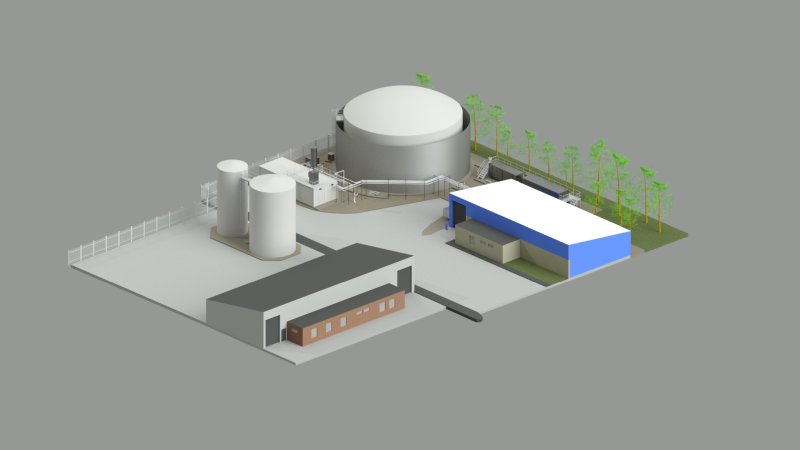
Scottish milk processor Graham’s Family Dairy has submitted plans to Fife Council proposing a low carbon heat project for their cheese production facility.
The proposed plant, which would be built at the Glenfield Industrial estate in Cowdenbeath, is set to generate and distribute bioenergy for onsite heat and power.
The processor claimed the plan was a 'first' for Scotland’s dairy industry, and would 'position Fife at the forefront of decarbonisation solutions' for the food sector.
The plans are in response to the challenges set out by Scottish government in their Energy Strategy and the transition within the dairy sector to zero carbon.
The low carbon effluent treatment plant would utilise waste residue - whey - from cheese making to produce green heat and electricity.
Graham’s said the proposed development would generate renewable power that would deliver 80% of the site’s baseload electricity and 50% of peak electric load.
It would also deliver 50% of boiler gas supply and a 20% reduction in vehicle and traffic flow to and from the site.
Robert Graham, managing director of the processor, said the dairy sector has the potential to lead in the transition to a net zero carbon economy, particularly within the areas of heat and transport.
"Our plans for the Glenfield dairy in Cowdenbeath will mark a step change in investment within the dairy sector in zero carbon innovation, infrastructure and skills development to accelerate climate adaptation within industry.
"This builds on our recent investment in a 15 MW solar park on our farmland in the Carse of Stirling as we move our business, at speed and scale, to decarbonise," he said.
Through consultation with Fife Council, environmental analysis has been undertaken to inform the design, siting, layout and mitigation measures for the project.
These assessments will cover air quality, noise, aerosols, transport, landscape, ecology and drainage comply.
The aim is to complete the project by the spring of 2021.
